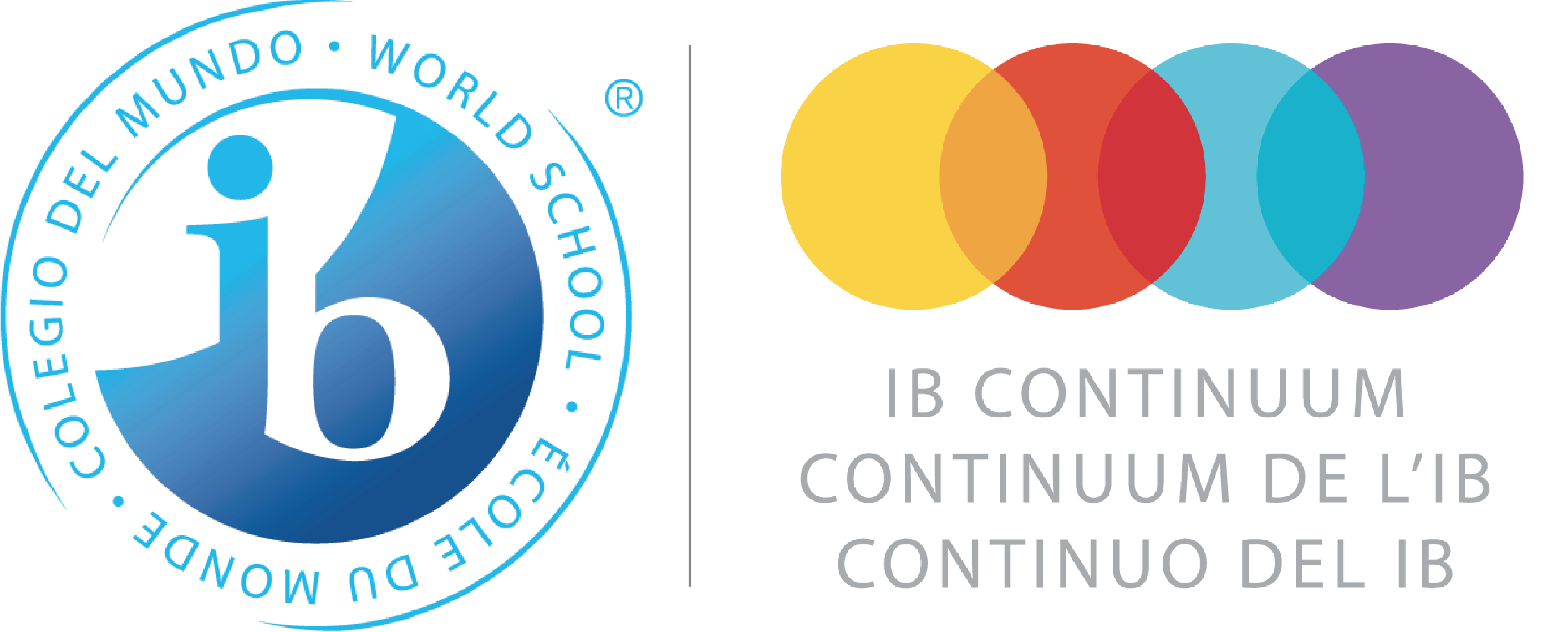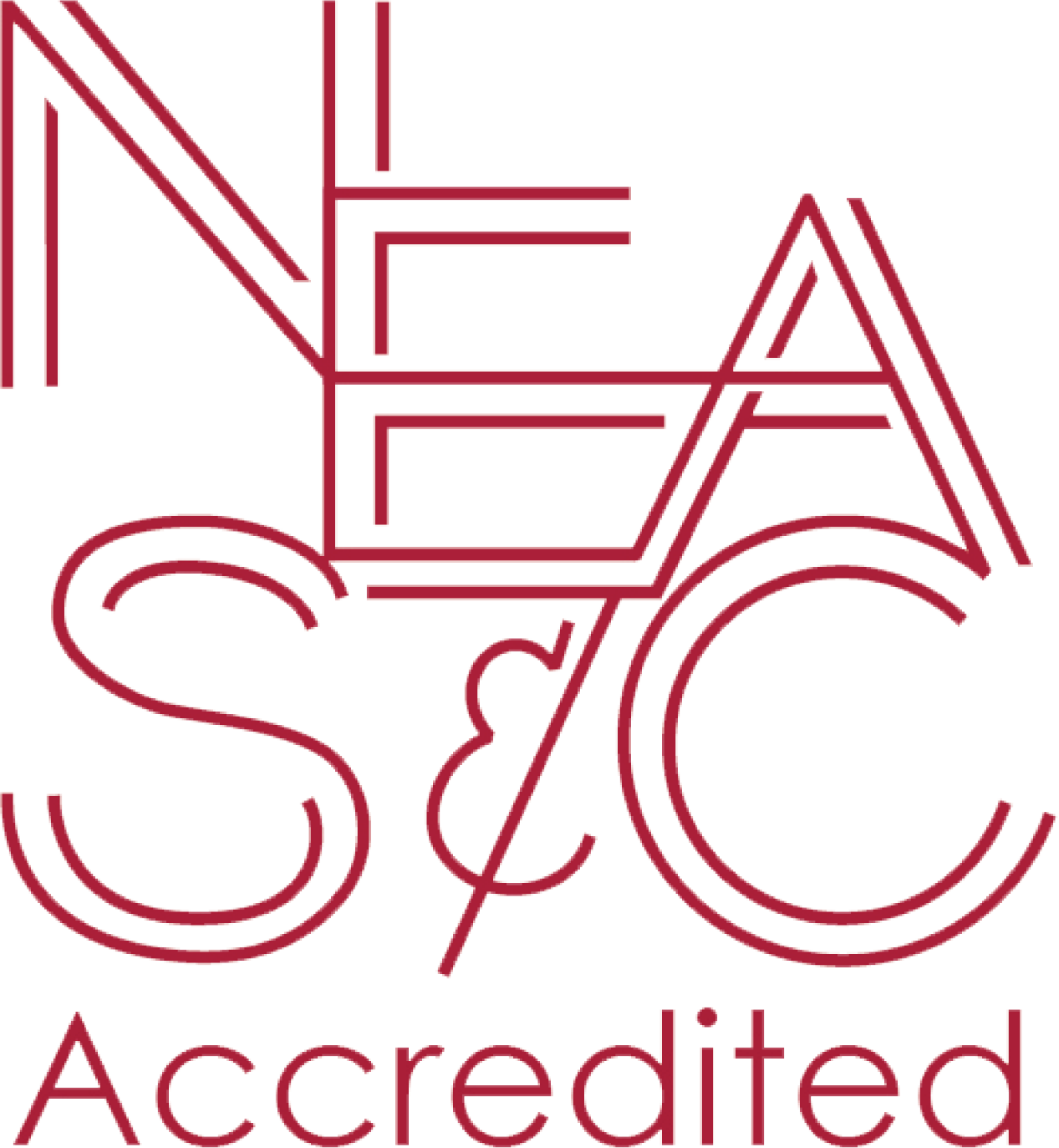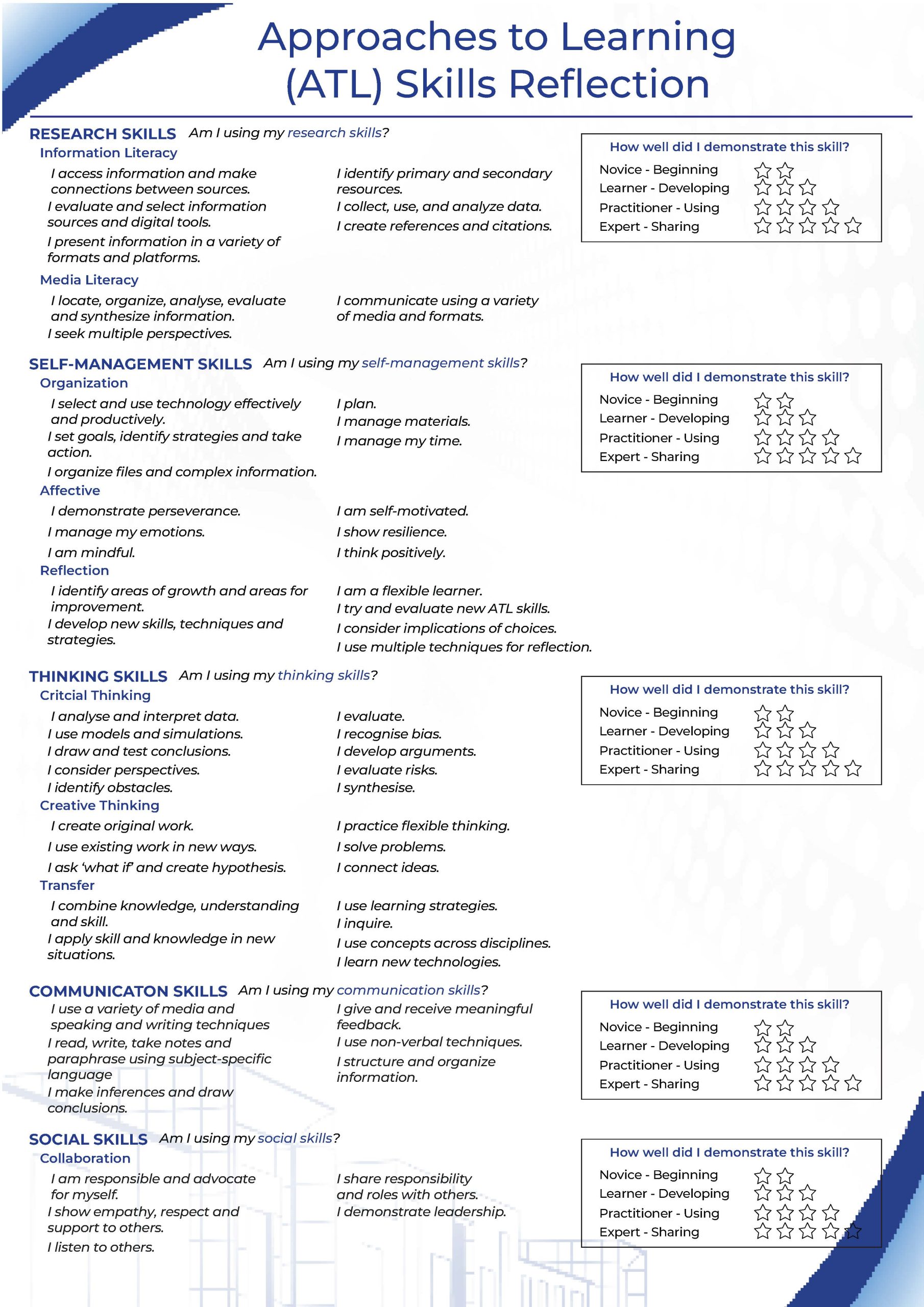IB programmes identify five ATL skill categories, expanded into developmentally appropriate skill clusters.
(Source: MYP: From Principles into Practice)
The table include a suggested list of skills:`
| Communication | |
|---|---|
| I. Communication skills | |
| How can students communicate through interaction? |
Exchanging thoughts, messages and information effectively through interaction •Give and receive meaningful feedback •Use intercultural understanding to interpret communication •Use a variety of speaking techniques to communicate with a variety of audiences •Use appropriate forms of writing for different purposes and audiences •Use a variety of media to communicate with a range of audiences •Interpret and use effectively modes of non-verbal communication •Negotiate ideas and knowledge with peers and teachers •Participate in, and contribute to, digital social media networks •Collaborate with peers and experts using a variety of digital environments and media •Share ideas with multiple audiences using a variety of digital environments and media |
| How can students demonstrate communication through language? |
Reading, writing and using language to gather and communicate information •Read critically and for comprehension •Read a variety of sources for information and for pleasure •Make inferences and draw conclusions •Use and interpret a range of discipline-specific terms and symbols • Write for different purposes •Understand and use mathematical notation •Paraphrase accurately and concisely •Preview and skim texts to build understanding •Take effective notes in class •Make effective summary notes for studying •Use a variety of organizers for academic writing tasks •Find information for disciplinary and interdisciplinary inquiries, using a variety of media •Organize and depict information logically •Structure information in summaries, essays and reports |
| Social | |
| II. Collaboration skills | |
| How can students collaborate? |
Working effectively with others •Use social media networks appropriately to build and develop relationships •Practise empathy •Delegate and share responsibility for decision-making •Help others to succeed •Take responsibility for one’s own actions •Manage and resolve conflict, and work collaboratively in teams •Build consensus •Make fair and equitable decisions •Listen actively to other perspectives and ideas •Negotiate effectively •Encourage others to contribute •Exercise leadership and take on a variety of roles within groups •Give and receive meaningful feedback •Advocate for one’s own rights and needs |
| Self-management | |
| III. Organization skills | |
| How can students demonstrate organization skills? |
Managing time and tasks effectively •Plan short- and long-term assignments; meet deadlines •Create plans to prepare for summative assessments (examinations and performances) •Keep and use a weekly planner for assignments •Set goals that are challenging and realistic •Plan strategies and take action to achieve personal and academic goals •Bring necessary equipment and supplies to class •Keep an organized and logical system of information files/notebooks •Use appropriate strategies for organizing complex information •Understand and use sensory learning preferences (learning styles) •Select and use technology effectively and productively |
| IV. Affective skills | |
| How can students manage their own state of mind? |
Managing state of mind •Mindfulness awareness – Practise focus and concentration –Practise strategies to develop mental focus –Practise strategies to overcome distractions –Practise being aware of body–mind connections •Perseverance –Demonstrate persistence and perseverance –Practise delaying gratification •Emotional management –Practise strategies to overcome impulsiveness and anger –Practise strategies to prevent and eliminate bullying –Practise strategies to reduce stress and anxiety •Self-motivation –Practise analysing and attributing causes for failure –Practise managing self-talk –Practise positive thinking •Resilience –Practise “bouncing back” after adversity, mistakes and failures –Practise “failing well” –Practise dealing with disappointment and unmet expectations –Practise dealing with change |
| V. Reflection skills | |
| How can students be reflective? |
(Re)considering the process of learning; choosing and using ATL skills •Develop new skills, techniques and strategies for effective learning •Identify strengths and weaknesses of personal learning strategies (self-assessment) •Demonstrate flexibility in the selection and use of learning strategies •Try new ATL skills and evaluate their effectiveness •Consider content –What did I learn about today? – What don’t I yet understand? – What questions do I have now? •Consider ATL skills development –What can I already do? –How can I share my skills to help peers who need more practice? –What will I work on next? •Consider personal learning strategies –What can I do to become a more efficient and effective learner? –How can I become more flexible in my choice of learning strategies? –What factors are important for helping me learn well? •Focus on the process of creating by imitating the work of others •Consider ethical, cultural and environmental implications •Keep a journal to record reflections |
| Research | |
| VI. Information literacy skills | |
| How can students demonstrate information literacy? |
Finding, interpreting, judging and creating information •Collect, record and verify data •Access information to be informed and inform others •Make connections between various sources of information • Understand the benefits and limitations of personal sensory learning preferences when accessing, processing and recalling information •Use memory techniques to develop long-term memory •Present information in a variety of formats and platforms •Collect and analyse data to identify solutions and make informed decisions •Process data and report results •Evaluate and select information sources and digital tools based on their appropriateness to specific tasks • Understand and use technology systems •Use critical-literacy skills to analyse and interpret media communications •Understand and implement intellectual property rights •Create references and citations, use footnotes/endnotes and construct a bibliography according to recognized conventions •Identify primary and secondary sources |
| VII. Media literacy skills | |
| How can students demonstrate media literacy? |
Interacting with media to use and create ideas and information •Locate, organize, analyse, evaluate, synthesize and ethically use information from a variety of sources and media (including digital social media and online networks) •Demonstrate awareness of media interpretations of events and ideas (including digital social media) •Make informed choices about personal viewing experiences •Understand the impact of media representations and modes of presentation •Seek a range of perspectives from multiple and varied sources •Communicate information and ideas effectively to multiple audiences using a variety of media and formats •Compare, contrast and draw connections among (multi)media resources |
| Thinking | |
| VIII. Critical-thinking skills | |
| How can students think critically? |
Analysing and evaluating issues and ideas •Practise observing carefully in order to recognize problems •Gather and organize relevant information to formulate an argument •Recognize unstated assumptions and bias •Interpret data •Evaluate evidence and arguments •Recognize and evaluate propositions •Draw reasonable conclusions and generalizations •Test generalizations and conclusions •Revise understanding based on new information and evidence •Evaluate and manage risk •Formulate factual, topical, conceptual and debatable questions •Consider ideas from multiple perspectives •Develop contrary or opposing arguments •Analyse complex concepts and projects into their constituent parts and synthesize them to create new understanding •Propose and evaluate a variety of solutions •Identify obstacles and challenges •Use models and simulations to explore complex systems and issues •Identify trends and forecast possibilities •Troubleshoot systems and applications |
| IX. Creative-thinking skills | |
| How can students be creative? |
Generating novel ideas and considering new perspectives •Use brainstorming and visual diagrams to generate new ideas and inquiries •Consider multiple alternatives, including those that might be unlikely or impossible •Create novel solutions to authentic problems •Make unexpected or unusual connections between objects and/or ideas •Design improvements to existing machines, media and technologies •Design new machines, media and technologies •Make guesses, ask “what if” questions and generate testable hypotheses •Apply existing knowledge to generate new ideas, products or processes •Create original works and ideas; use existing works and ideas in new ways •Practise flexible thinking—develop multiple opposing, contradictory and complementary arguments • Practise visible thinking strategies and techniques •Generate metaphors and analogies |
| X. Transfer skills | |
| How can students transfer skills and knowledge across disciplines and subject groups? |
Using skills and knowledge in multiple contexts • Use effective learning strategies in subject groups and disciplines •Apply skills and knowledge in unfamiliar situations • Inquire in different contexts to gain a different perspective •Compare conceptual understanding across multiple subject groups and disciplines •Make connections between subject groups and disciplines •Combine knowledge, understanding and skills to create products or solutions •Transfer current knowledge to learning of new technologies •Change the context of an inquiry to gain different perspectives |





